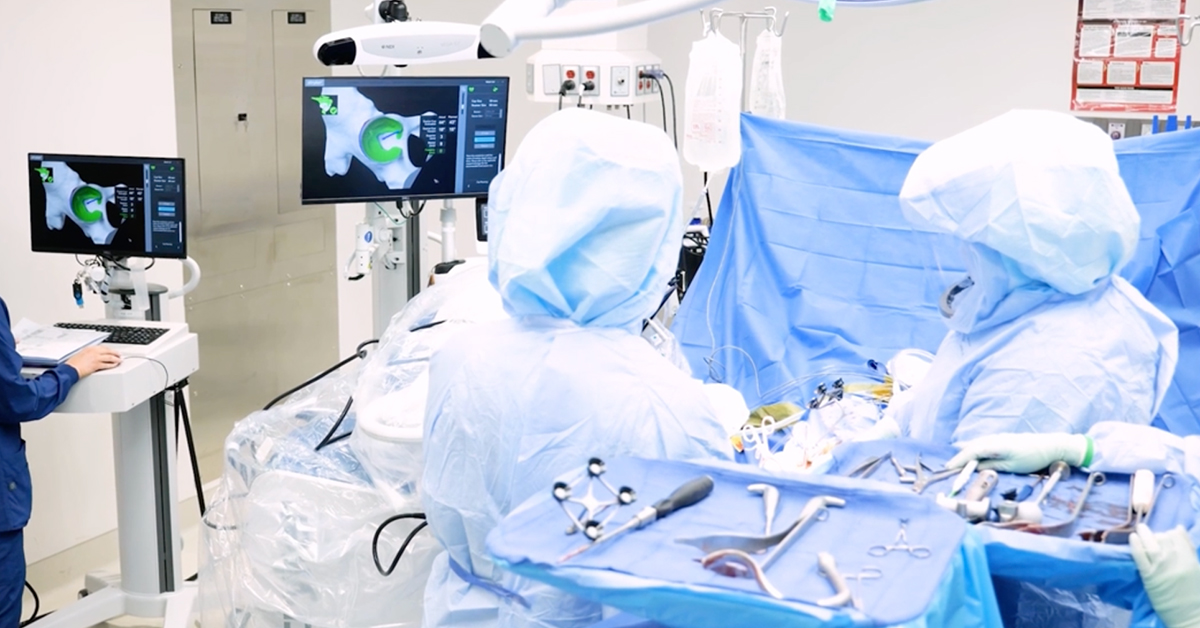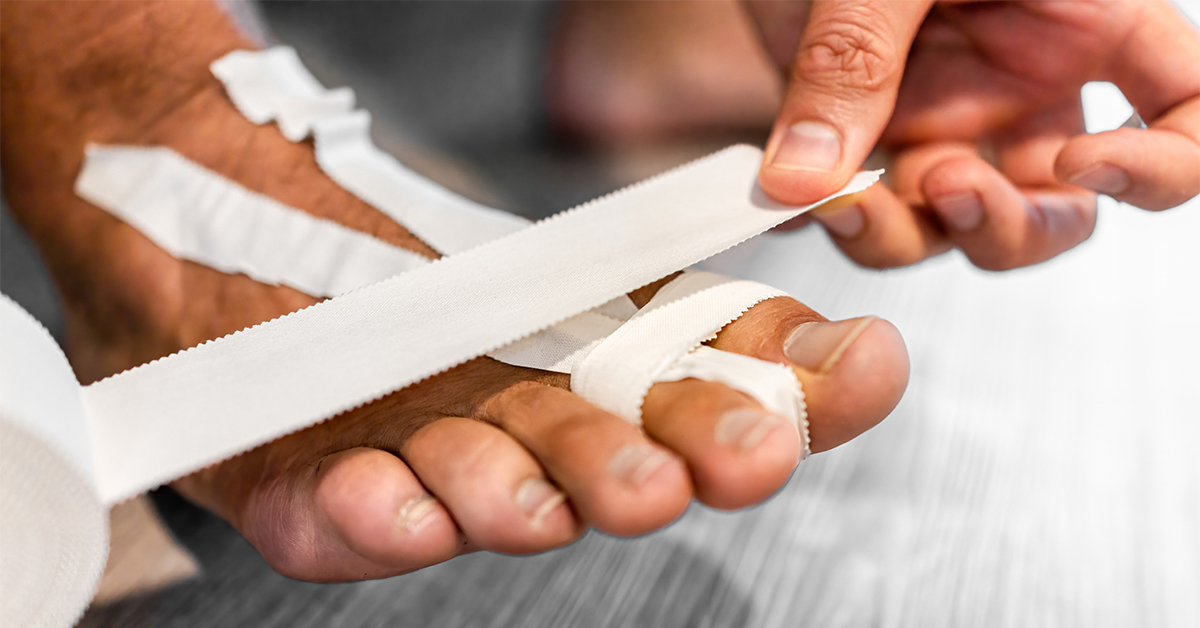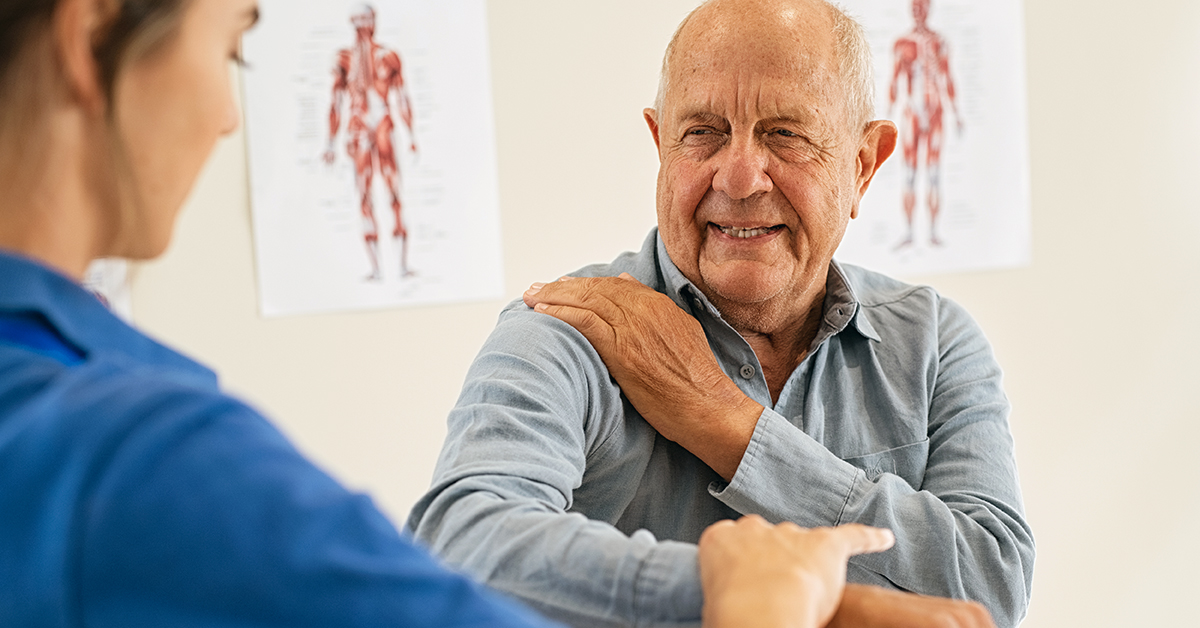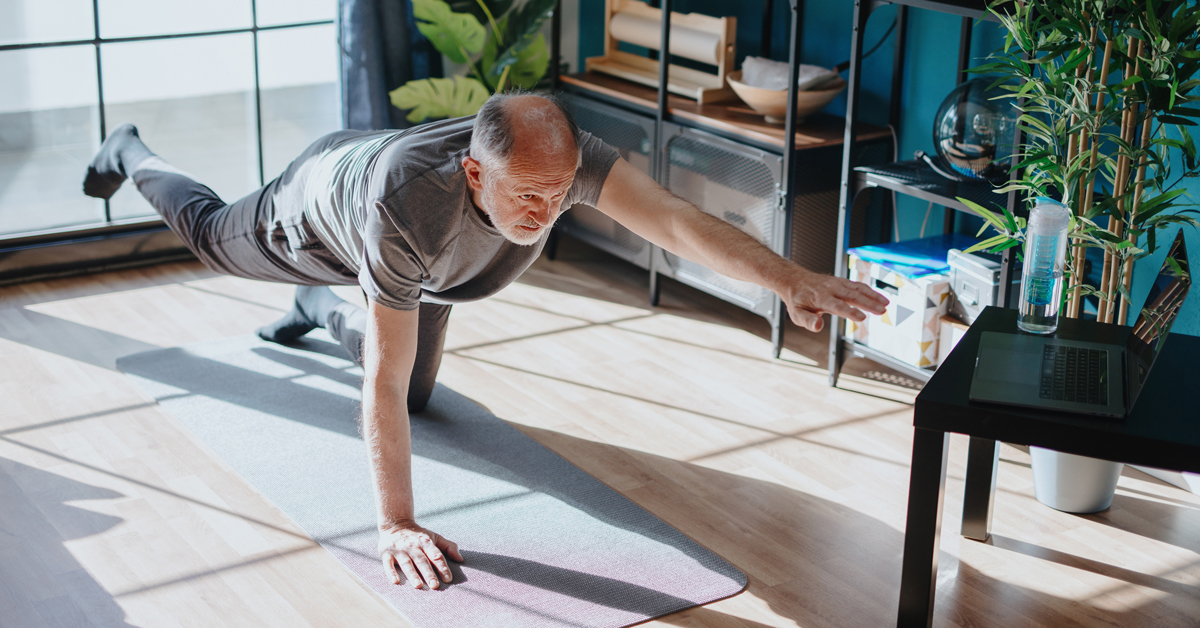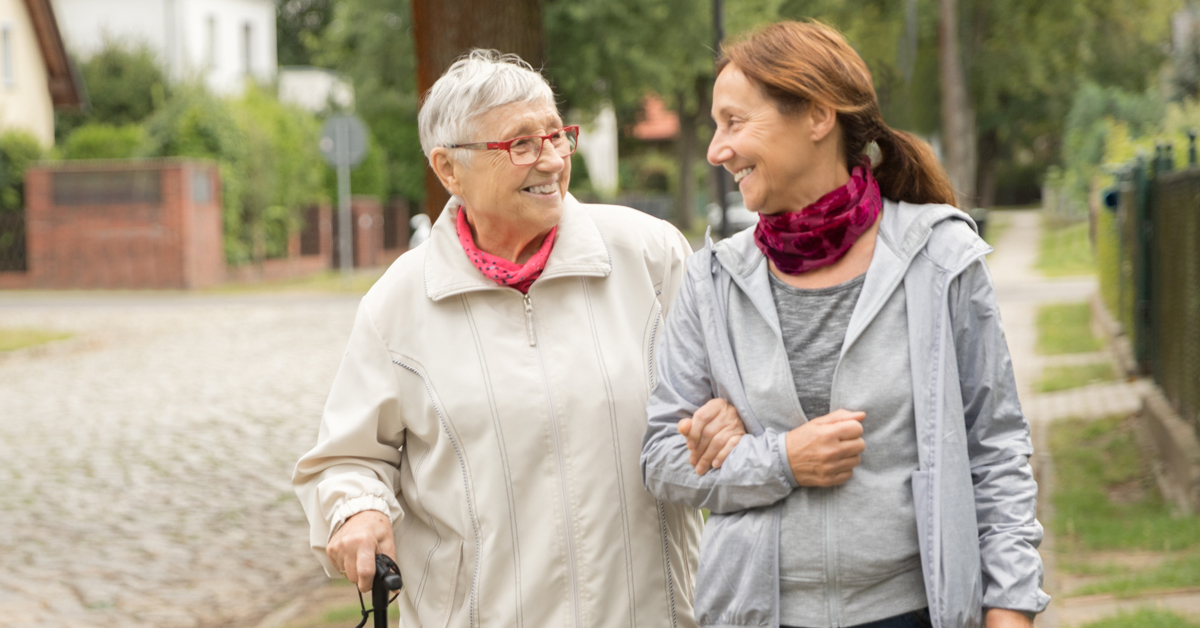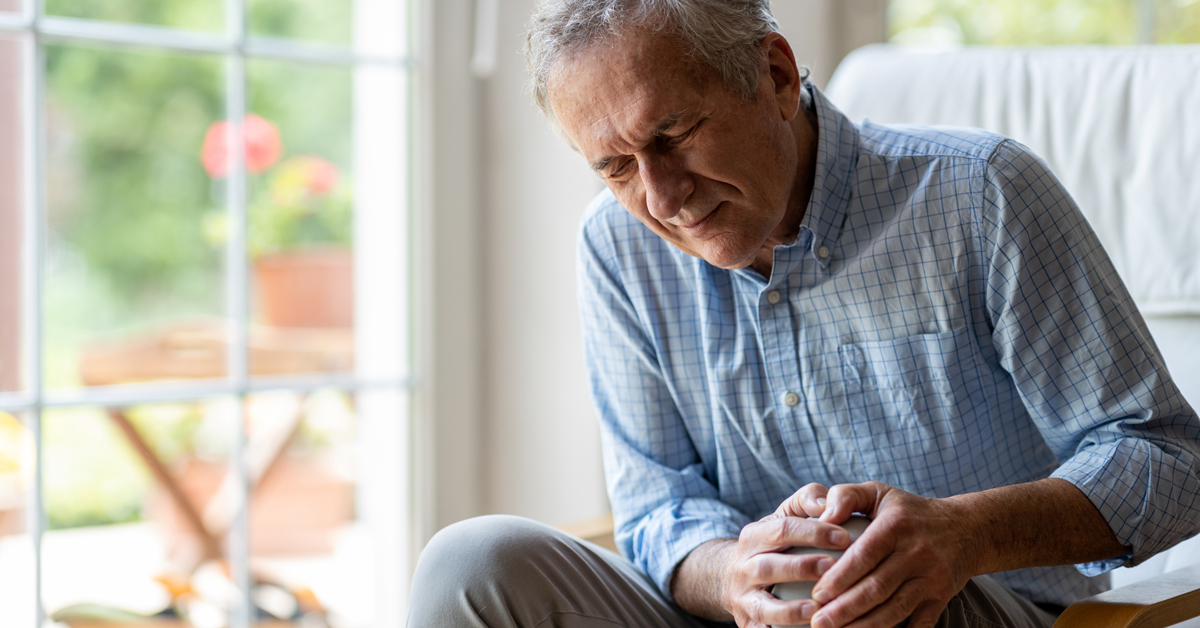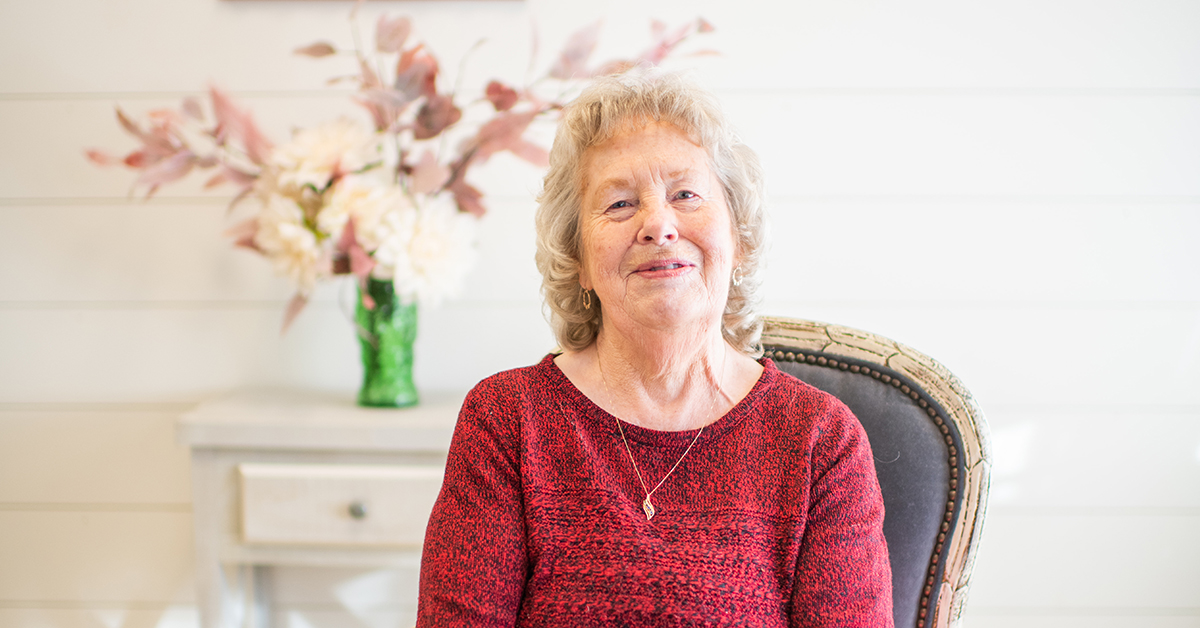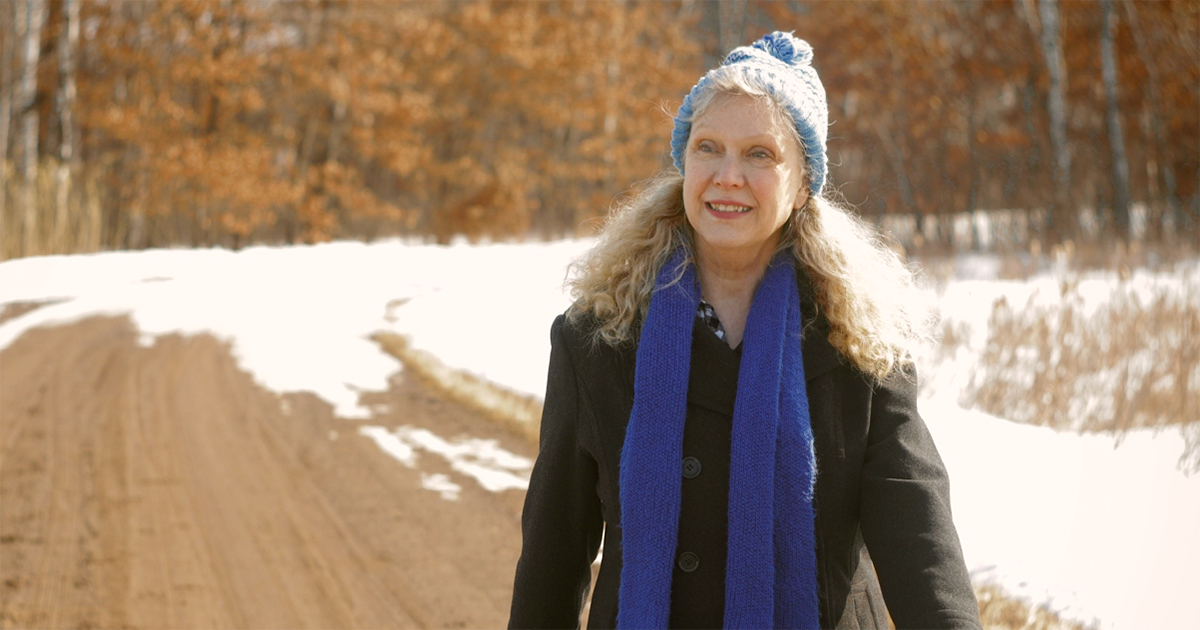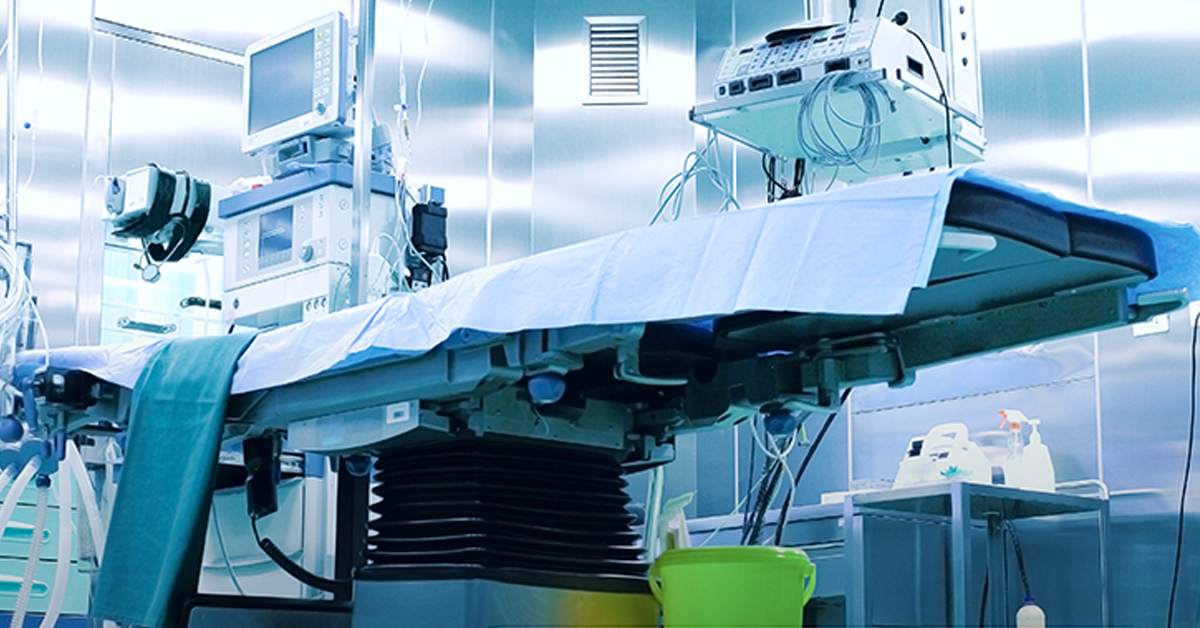The many ways to keep joints working.
When you start feeling joint stiffness or pain in your knees or hips, you might think your only option is surgery. While surgery is one possible path—and sometimes a necessary path—at Welia Health, we work with patients to find the best way forward from multiple choices.
Dr. Thomas Mullin, a Sports Medicine provider at Welia Health has outlined an overview of some of the available options. If you’d like to explore a new approach, call Welia Health at 1.800.245.5671. The sports medicine team can set your baseline and work with you to find a great path to being mobile, flexible, pain-free and active.
It’s all part of Welia Health’s approach to helping you live life well.
It’s time to move
If you’re looking for an easy place to start, the surprising answer is movement. Research shows that getting physically active with regular exercise can reduce arthritis pain. Aim for exercise 30 minutes a day but start with as little as 6-10 minutes. It may take 6-8 weeks to start feeling a difference, so set realistic expectations and have patience with yourself—especially if you haven’t worked out in a while.
In terms of the kinds of exercises to help your knees and hips, avoid anything that causes pain or includes pounding or jumping. Some good low-impact options are yoga, walking, elliptical, pool, biking and Tai chi—basically anything that’s not putting impact stress on your joints. Talk to your primary care provider or the team at the Welia Center—we can help get you started well on your exercise plan.
As for your approach, there’s an acronym from the CDC—S.M.A.R.T.—that offers a handy perspective:
- Start low and go slow. Exercise for 3 to 5 minutes twice daily and increase as tolerated.
- Modify activity when arthritis symptoms increase but stay active. Decrease the frequency, duration, or intensity of exercise in order to stay moving.
- Activities should be joint-friendly. Engage in low-impact exercises.
- Recognize safe ways (like exercise classes led by a trained instructor) and safe places to be active.
- Talk to a health professional or certified exercise specialist.
Most importantly, think of exercise as a normal part of the day rather than something daunting. When you’re out and about, park further from your destination and get in a short walk. Engage friends as partners in your exercise goals. Find those exercises you enjoy doing. Soon, you may actually find you’ll miss exercise when you skip a day.
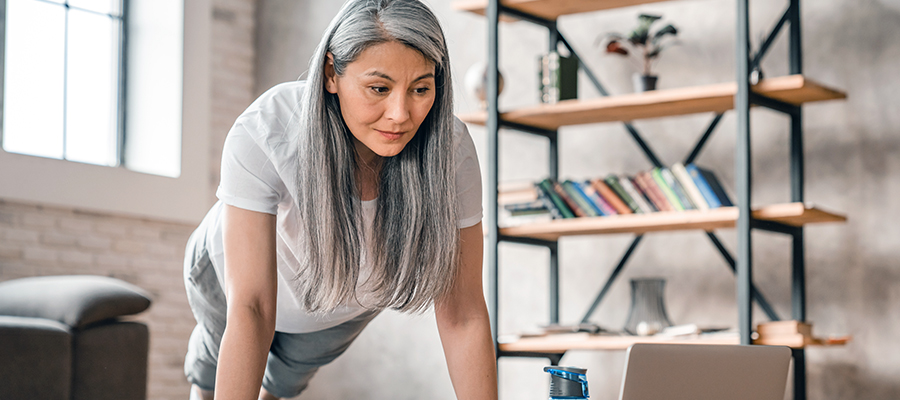
Tip the scales in your favor.
Movement is one part of a solution to joint pain, and weight is another. Put enough pressure on any of our body’s flex points, and we’re bound to feel soreness. So achieving and maintaining a healthy body weight is a great way to keep soreness at bay.
The fact is, losing 1 pound of body weight removes 4 pounds of stress on the knee joints, and that stress from extra body weight is often what causes pain. You can actually reduce your risk of developing knee osteoarthritis by 50% by losing 10-20 pounds—and, as a bonus, you’ll feel more active and energetic. And the benefit is not just in your knees and hips; there are studies showing that being overweight can increase the risk of arthritis in non-weight-bearing bones like your hands.
For any one of us, the weight we carry often reflects years of patterns of living and eating, but the good news is: patterns can be changed. Talk to your provider for the best way to eat well and lose weight to care for your joints—we’ll connect you with the right dietitians, support groups and physical therapists to help you make your goals.
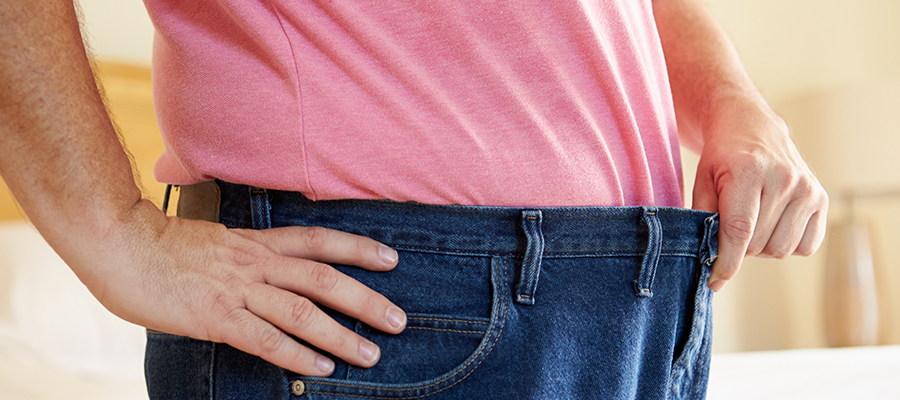
Extra help where you need it most.
Physical therapy—with leading care at well-designed facilities like we have at Welia Health—can be another important tool in your joint-pain toolbox.
There are movements and training you can do with experienced physical therapists to move more efficiently, and our team may be able to help you get healthier faster than you can on your own. We can also address any biomechanical factors that may be holding you back. Working with you, we may even uncover things about your body that you never knew, unlocking the potential for a more active life.
Because of the training our caregivers receive, Welia Health physical therapists can also recommend devices like sleeves and support braces, unloader braces and heel wedges. In the right circumstances, simple devices can make world of difference to get to the life you want to live.
Reduce swelling and pain.
Medications and supplements also might be part of your treatment plan, and the critical word is plan. Consult with a doctor or pharmacist to create the best way forward, especially around medications, because, in addition to the health benefits, there can be risks that need to be taken seriously.
NSAIDS—which are nonsteroidal anti-inflammatory medications (like aspirin, ibuprofen and naproxen and Diclofenac)—help by reducing swelling and pain and can be effective in the right circumstances. There are also medicated creams for areas of concern (like 1% Diclofenac gel, Capsaicin, topical lidocaine) and patches like Salonpas. Tumeric, glucosamine and chondroitin are dietary supplements that can be helpful in reducing pain in certain patients. All medications and supplements carry the risk of side effects and interactions with medications so discuss any medication or supplements with your physician before starting.
In some cases, injections can also work well to provide long-term relief, and these include corticosteroid injections, viscosupplementation injections (Synvisc One, Euflexxa, Monovisc, Gel-One) or Platelet Rich Plasma Injections. Our doctors can discuss with you whether medications, supplements, creams or injections (and the variety of options within each category) would work well for your situation.
Here’s the good news: you have options.
There’s a range good paths when it comes to dealing with joint stiffness and pain of our knees and hips—from stretches and anti-inflammation medications to surgery. The key is finding the path that works best for you. And as time passes and your situation changes, we can help you re-evaluate your approach.
Questions about your knees or hips?
Call your primary care provider or Dr. Mullin at 1.800.245.5671 to schedule a time to talk and discuss the next steps.




